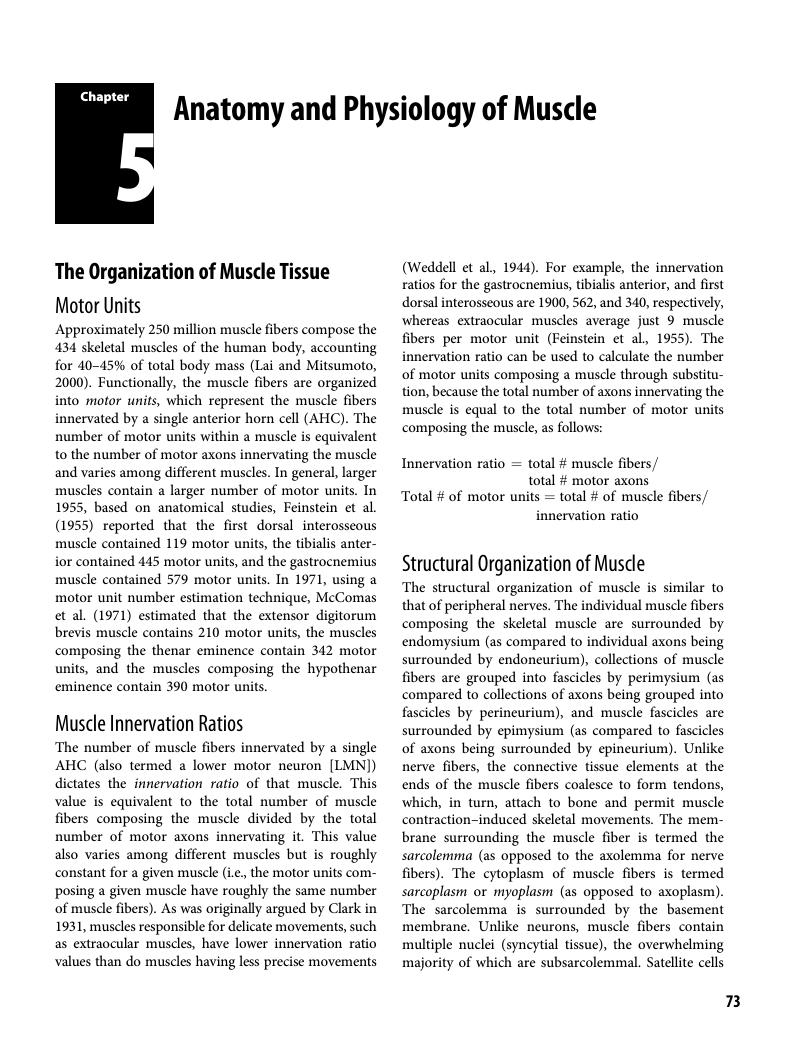Book contents
- Comprehensive Electromyography
- Comprehensive Electromyography
- Copyright page
- Dedication
- Contents
- Preface
- Acknowledgments
- Section 1 Introductory Chapters
- Chapter 1 Basic Electricity, Electrical Concepts, and Circuits
- Chapter 2 Instrumentation
- Chapter 3 Anatomy and Physiology of Neurons
- Chapter 4 Anatomy and Physiology of the Neuromuscular Junction
- Chapter 5 Anatomy and Physiology of Muscle
- Section 2 Nerve Conduction Studies
- Section 3 The Needle EMG Examination
- Section 4 Other Pertinent EDX Information
- Section 5 Case Studies in Electrodiagnostic Medicine
- Section 6 Appendices
- Index
- References
Chapter 5 - Anatomy and Physiology of Muscle
from Section 1 - Introductory Chapters
Published online by Cambridge University Press: 08 May 2018
- Comprehensive Electromyography
- Comprehensive Electromyography
- Copyright page
- Dedication
- Contents
- Preface
- Acknowledgments
- Section 1 Introductory Chapters
- Chapter 1 Basic Electricity, Electrical Concepts, and Circuits
- Chapter 2 Instrumentation
- Chapter 3 Anatomy and Physiology of Neurons
- Chapter 4 Anatomy and Physiology of the Neuromuscular Junction
- Chapter 5 Anatomy and Physiology of Muscle
- Section 2 Nerve Conduction Studies
- Section 3 The Needle EMG Examination
- Section 4 Other Pertinent EDX Information
- Section 5 Case Studies in Electrodiagnostic Medicine
- Section 6 Appendices
- Index
- References
Summary

- Type
- Chapter
- Information
- Comprehensive ElectromyographyWith Clinical Correlations and Case Studies, pp. 73 - 82Publisher: Cambridge University PressPrint publication year: 2018



